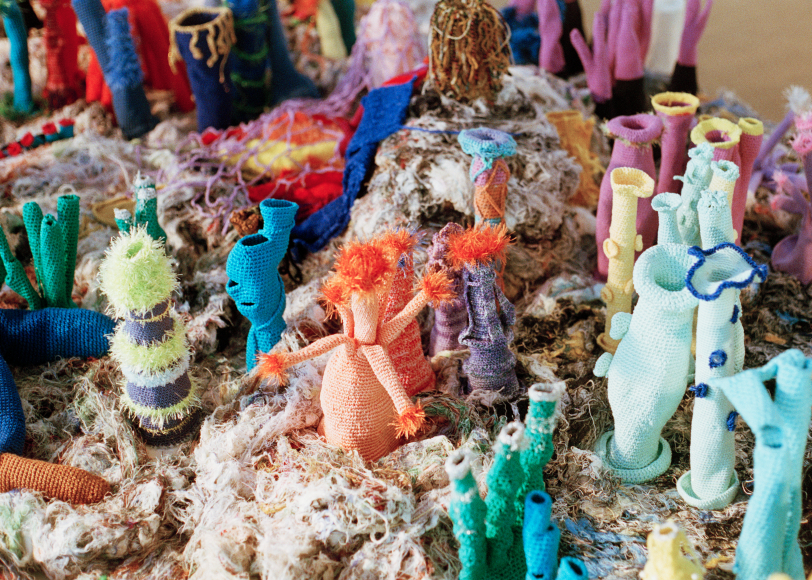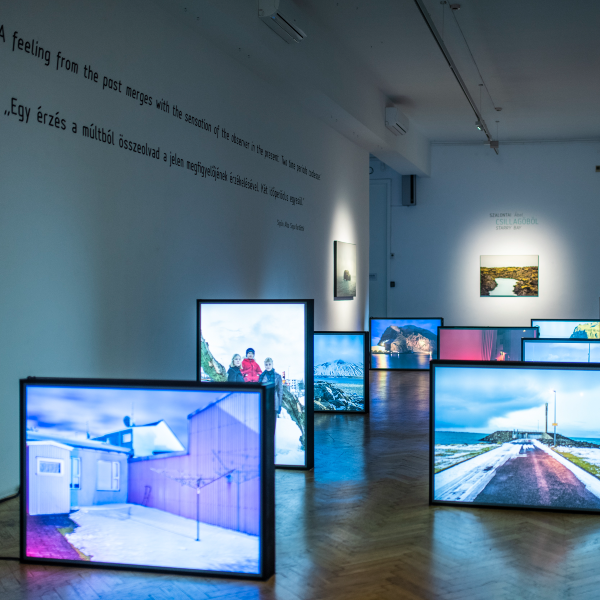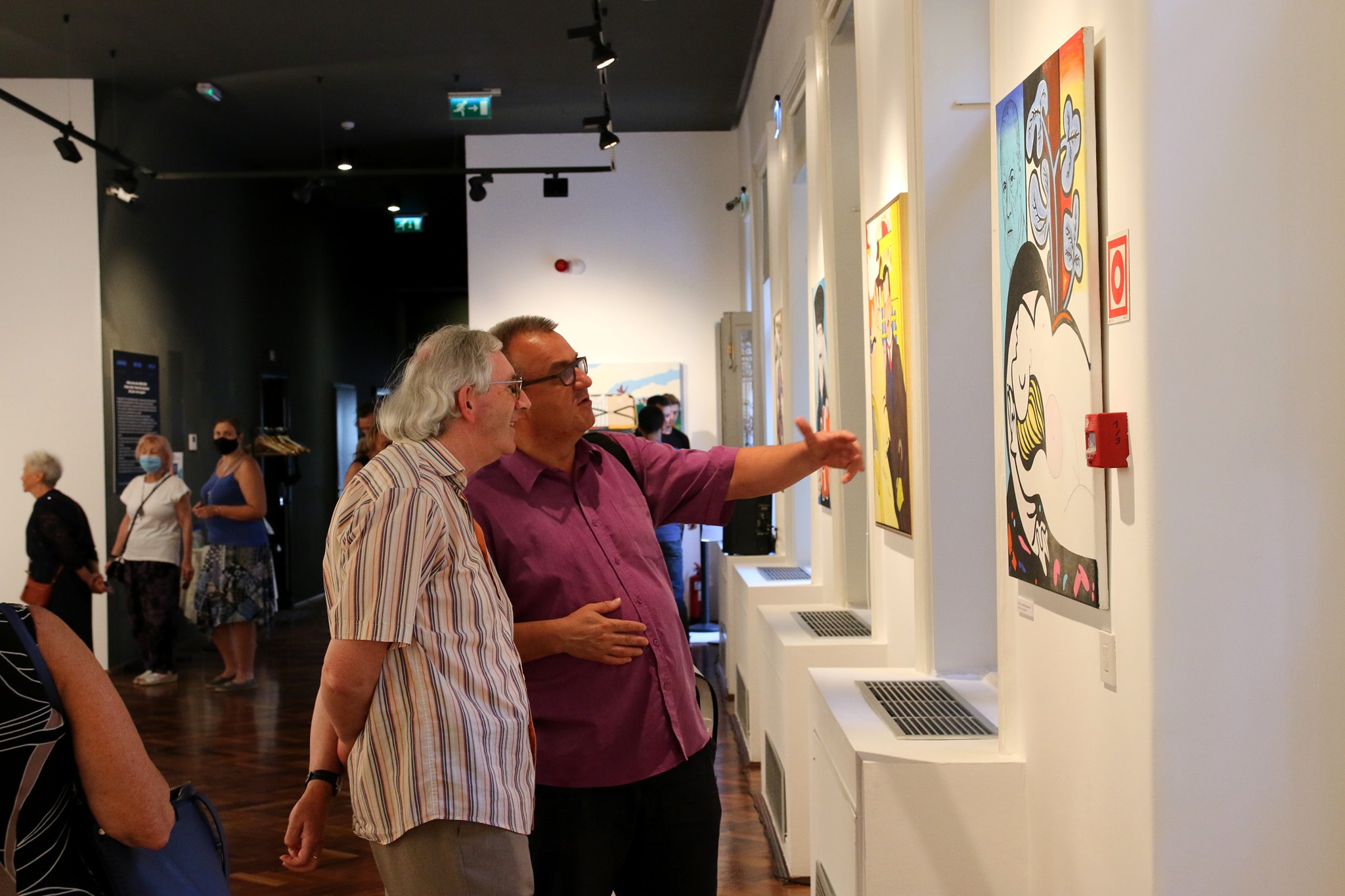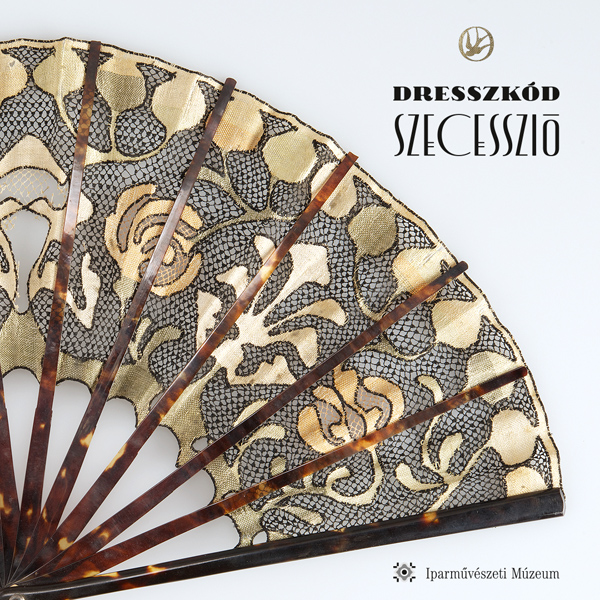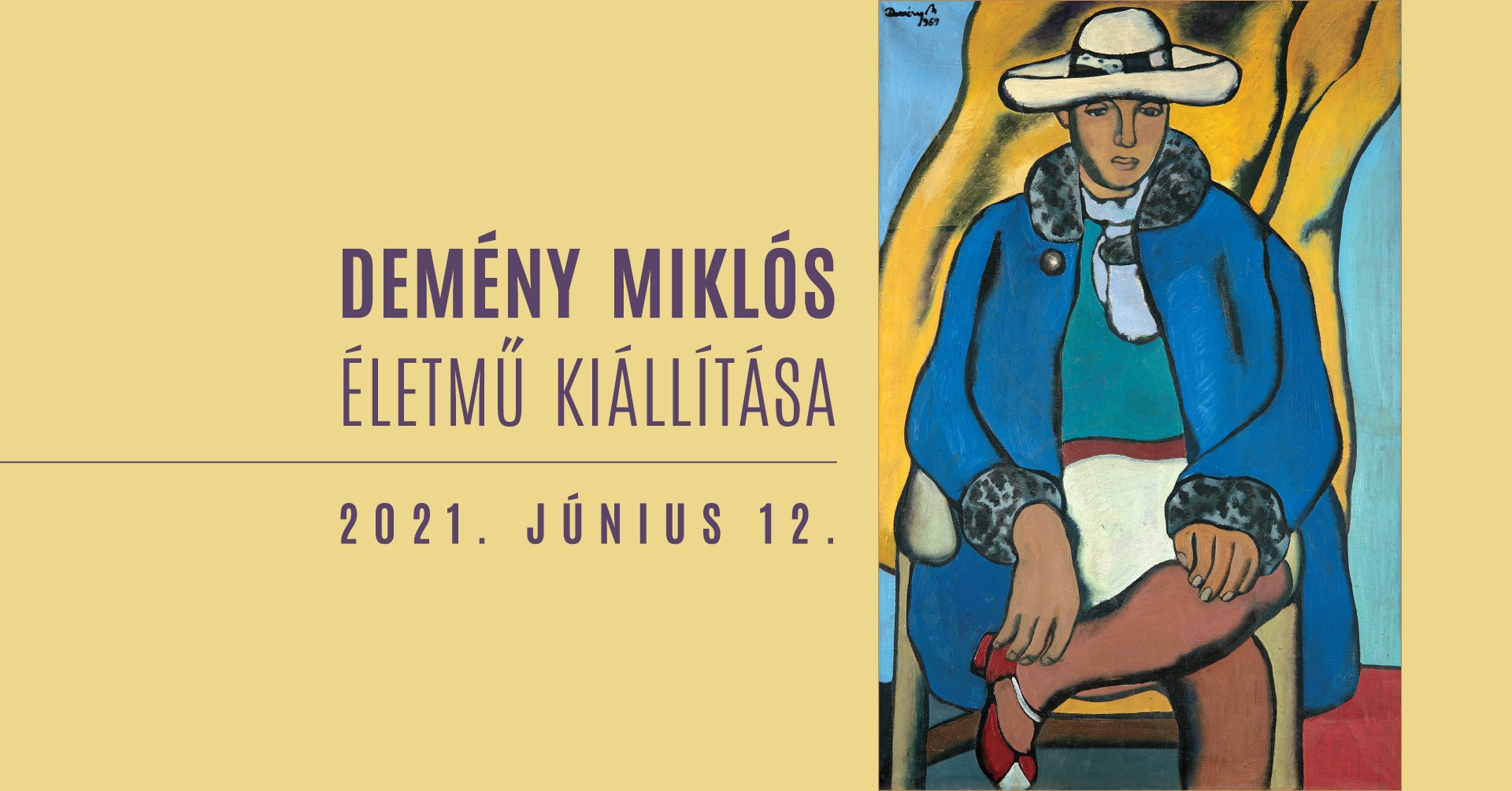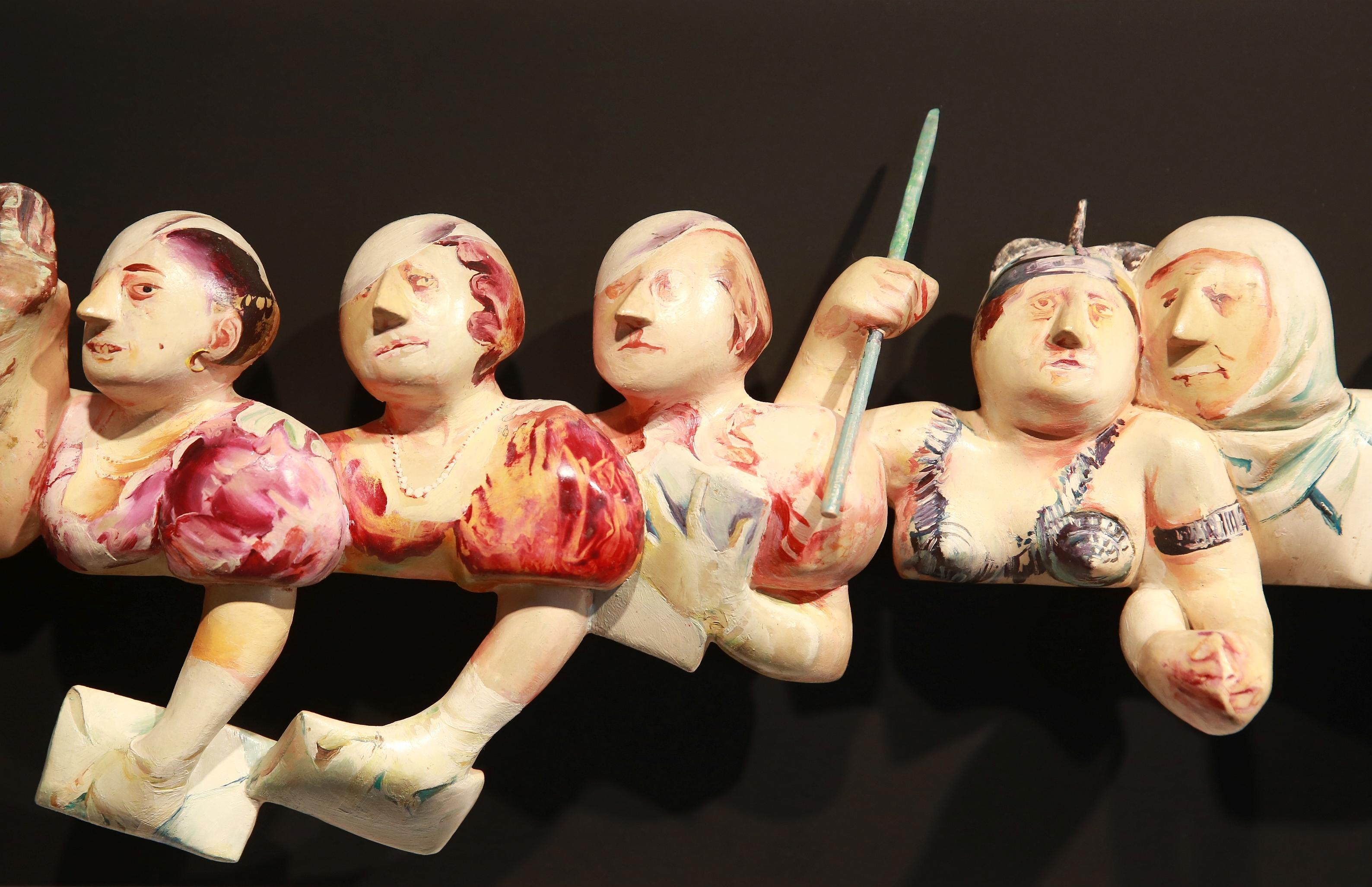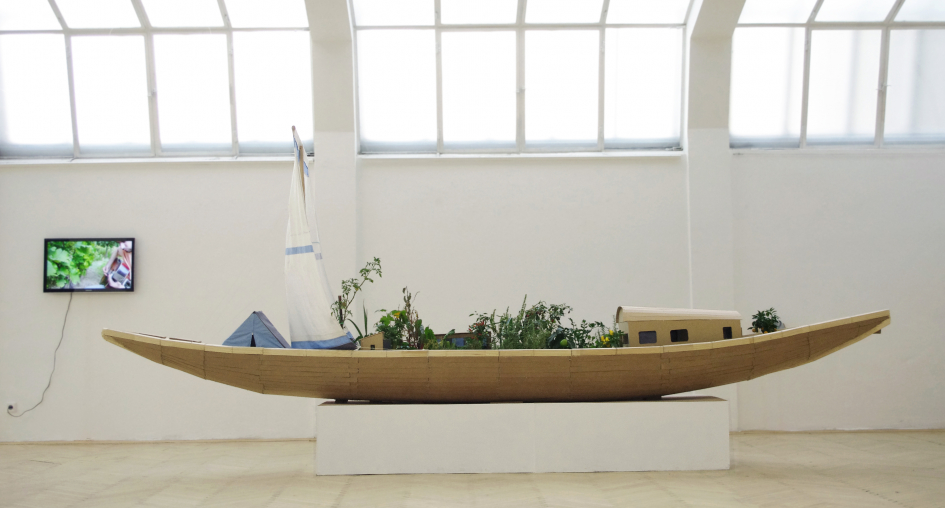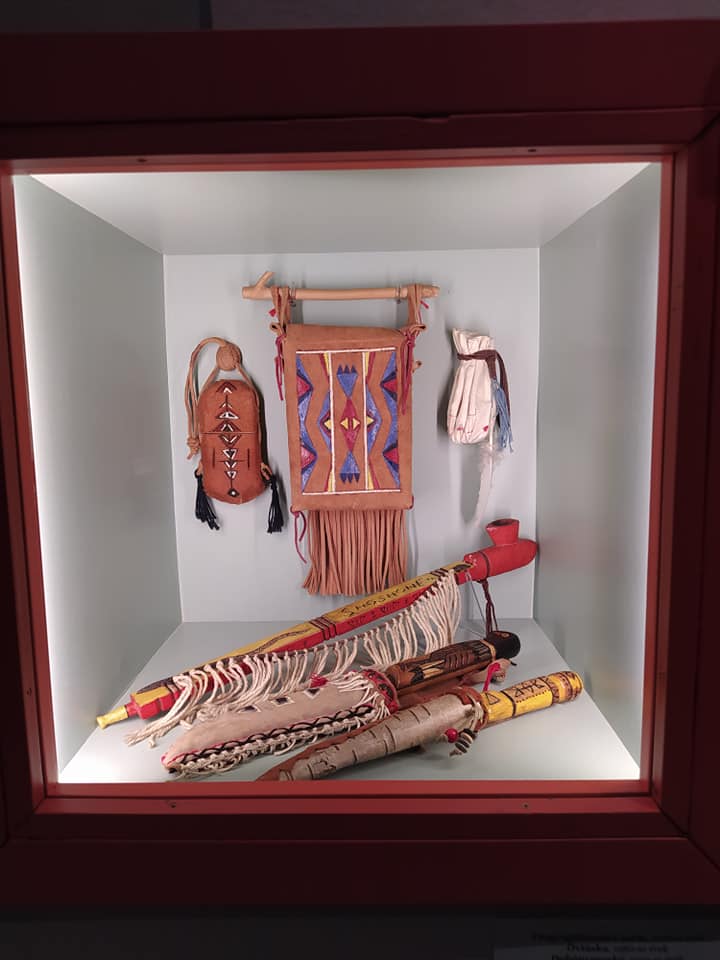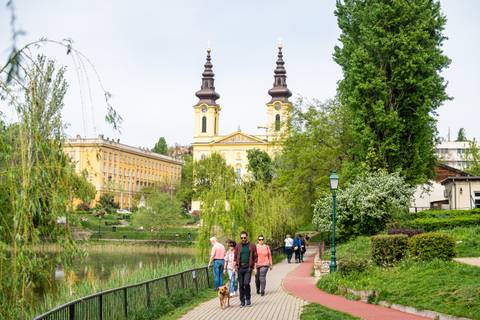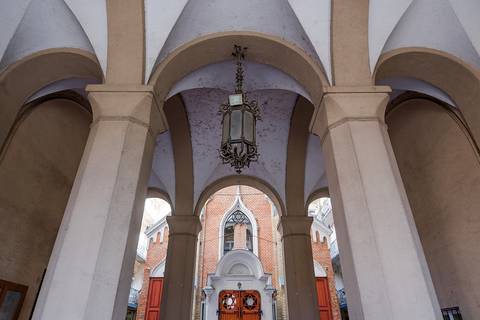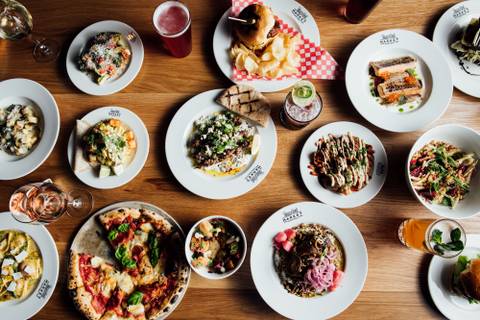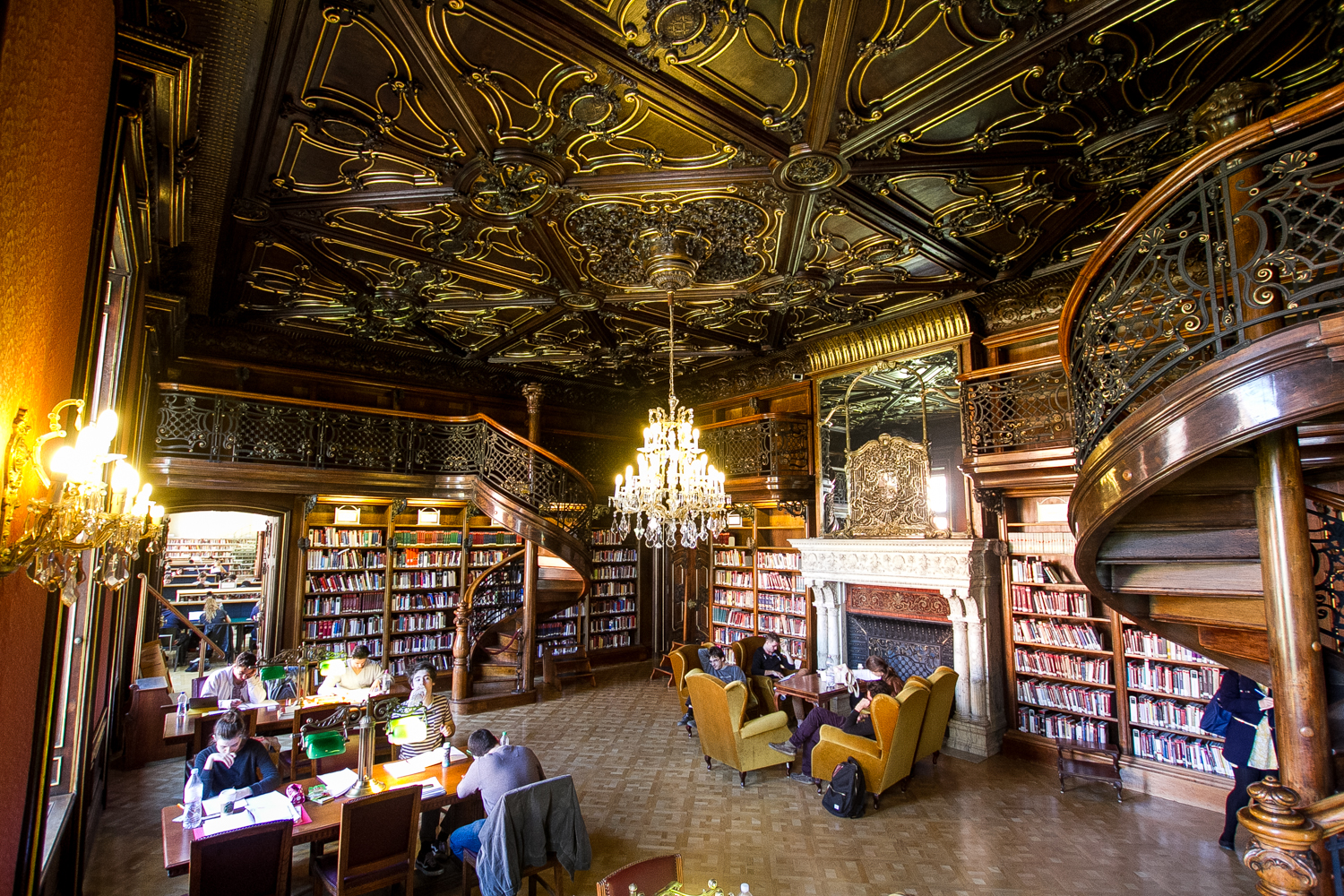Summer is not only about pools and spritzers. With no requirement for Immunity Certificates, now is also the time to take in an exhibition or two in the cool surroundings of a museum or gallery. Here we suggest the best ones taking place in July.
1/7
Capa Center/Ábel Szalontai
Ábel Szalontai's exhibition Starry
Bay is a representative selection of a series of photographs
made over decades. Images installed in light boxes and short, moving works depict
the world of seas and
ports, the stories of those who live there and those who pass
through. Szalontai captures the shores of photogenic Iceland, crowded Shanghai, Istanbul and Corfu, the most distant
point on the Danube at Sulina,
the bustle of Gdańsk and Dublin. Buoys, fishing nets and hulls, sailors, fishermen
and islanders, these are places of meetings
and farewells, arrivals
and departures, in fog
and sunshine, at night or independent of the time of day. Robert
Capa Contemporary Photography Center. Until 8 August: Tue-Fri 2pm-7pm, Sat-Sun 11am-7pm
2/7
Esernyős/GÖRBE TÜKRÖK
Three politically committed artists, Péter Hecker, drMáriás
and Péter Weiler, reflect on the nature of politics, the role of positions of
power in shaping society and the practical absurdity of ideologies. A critical attitude
and witty creations await at this entertaining exhibition, though with
relatively little content pertaining to today’s domestic situation. Esernyős.
Until 31 July: Wed-Fri 2pm-9pm, Sat 2pm-10pm, Sun noon-8pm
3/7
György Ráth Villa/Dress Code: Art Nouveau
A favourite trend for many, the Hungarian version of Art Nouveau
in the early 20th century Szecesszió, freed ladies from the constant striving
for flamboyance and introduced a much more functional fashion, suited to diverse
female roles. This is the world of S-line silhouettes, parasols, cartwheel
hats, half-shouldered boas and loose buns. Follow the social changes of the
turn of the century through these beautiful outfits. György Ráth Villa.
Until 15 August: Tue-Sun 10am-6pm
4/7
Judit Virág Gallery/Miklós Demény
Miklós Demény's
oeuvre began in the first
half of the 1960s, his art travelling in a well-defined direction on a
path that saw the results of Cubism and geometric constructivism as
its source. Around 1965,
among classical modern artists, Miklós Demény was greatly influenced by Fernand Léger. Demény painted
his still lifes, cityscapes and interiors with unmixed
colours from the same tube. Most of his beautiful still lifes in the 1970s were
inspired by the petal motifs of
one neo-avant-garde industrial artist, István Nádler. Judit Virág Gallery. Until 31 July:
Mon-Fri 10am-6pm
5/7
Kálmán Makláry Fine Arts Gallery/Hungarian Paris III
Among the outstanding members of the École de Paris in the
earlier 1900s were Gusztáv
Miklós, József
Csáky, István
Beöthy, Anton
Prinner, Katalin
Sylvester, Victor
Román and László
Szabó. Works made with wood and bronze techniques display the
avant-garde trends of the early 20th century, Surrealism, Cubism and later Art
Deco and Abstract. At the Kálmán
Makláry Fine Arts Gallery on art-focused Falk Miksa utca,
the Hungarian public can now see these unique sculptures for the first time,
many of which have been exhibited at the Pompidou Centre, the Rodin Museum, the Musée National d'Art Moderne,
and the Metropolitan Museum in
New York. Kálmán
Makláry Fine Arts Gallery.
Until 31 July: Mon-Fri 10am-4pm
6/7
Ludwig Museum/Slow Life
Also titled Radical Practices of the Everyday, this international group exhibition would have opened in the spring of 2020 had the pandemic not hit. Some 25 artists address global issues such as the existing social and economic systems, consumer culture and their effect on the environment. Inspired by Italy’s Slow Food movement of the 1980s, Slow Life envisions the need to rethink existing structures and reorganise everyday life, from permaculture farming to zero-waste households. The exhibition is accompanied by a bilingual Hungarian-English digital catalogue. Ludwig Museum. From 13 July to 5 September: Tue-Sun 10am-6pm
7/7
Petőfi Literary Museum/Rézbőrű volt az alkony
Native American culture is part of everyone’s childhood
memories, the friendships, the heroism and the love of nature. This exhibition aims
to mark the moment of that process. Here in Hungary, books by Sándor Deszkáss (’White
Deer’), published in the 1940s, and the Bakony Indian gatherings for Communist-era
malcontents, underline the domestic affection for another civilisation
across the Atlantic. Petőfi
Literary Museum. Until 31 December: Tue-Sun 10am-6pm
